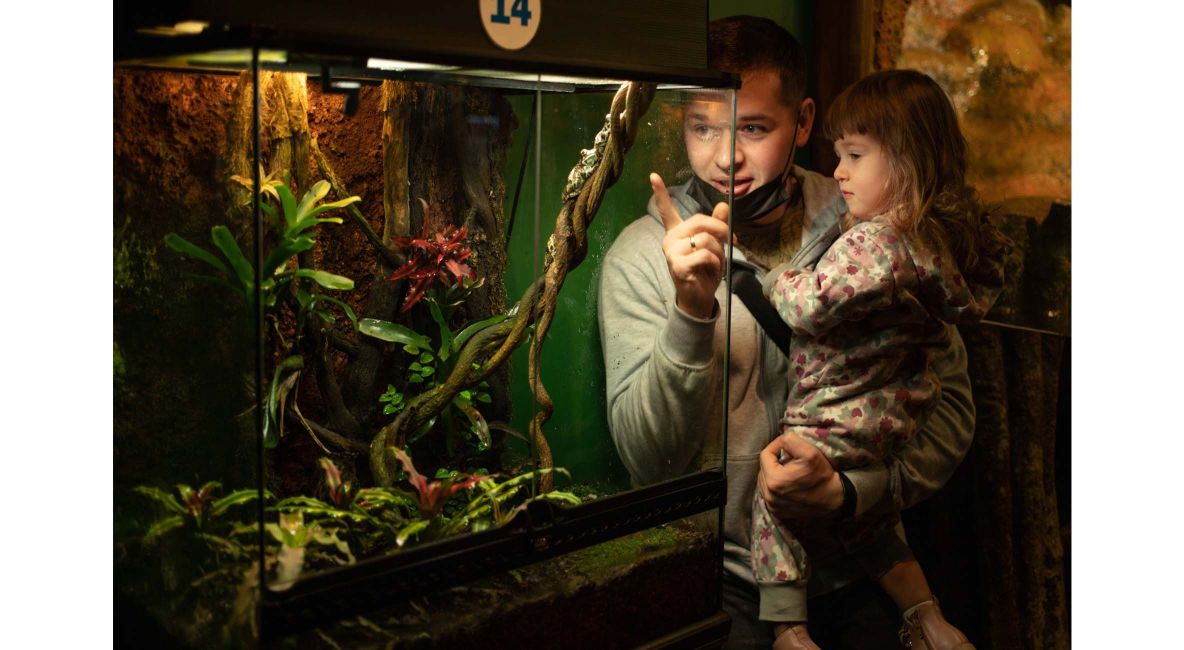Reptile keeping has evolved from a niche hobby into a widely embraced practice, with enthusiasts across the globe tending to an eclectic array of scaly friends. The methods for housing these creatures have diversified as much as the species themselves, with reptile keepers devising various accommodations to suit different needs, aesthetics, and reptilian behaviors. Two prevalent systems in reptile husbandry are rack systems and terrariums—but these are just the starting point. Below we delve into these popular setups, their advantages and disadvantages, and why choosing one over the other is often a matter of personal preference.
Rack Systems
Rack systems are shelving units with multiple levels, each holding a removable enclosure that serves as home for a reptile. These containers, often made of plastic, typically have heating elements such as heat tape integrated into the shelf or directly in the enclosure, and are designed for efficiency and space-saving.
Pros:
Space Efficiency: Rack systems can house multiple animals in a compact area, making them ideal for breeders or those with limited space.
Ease of Maintenance: Cleaning and feeding become streamlined processes since each enclosure can be accessed easily and quickly.
Cost-Effectiveness: When considering the space to reptile ratio, racks can be more budget-friendly than setting up multiple, individual terrariums.
Cons:
Aesthetic: Rack systems often lack the visual appeal of a well-decorated terrarium and are more utilitarian in appearance.
Limited Space per Animal: Each reptile might have less room to explore than they would in a larger, individual enclosure.
Reduced Visibility: For keepers who like to observe their reptiles, the opaque nature of some rack tubs can be a downside.
Terrariums
Terrariums are glass or acrylic enclosures that provide a window into the life of a reptile. They range in size and can be heavily customized with substrates, plants, and decor to replicate a reptile's natural habitat.
Pros:
Aesthetics: A well-designed terrarium can be a piece of living art, offering a view into a miniature world that immensely adds to the décor of a room.
Behavioral Enrichment: A larger terrarium can accommodate intricate landscapes that stimulate natural behaviors in reptiles, such as climbing, burrowing, or swimming.
Individual Tailoring: Terrariums can be customized to the specific requirements of different species, from desert landscapes to tropical rainforests.
Cons:
Cost: Terrariums with full naturalistic designs can become expensive, especially when catering to the intricate needs of certain species.
Space Requirements: Larger terrariums take up more space, which can be a limitation for those who have smaller living areas or multiple reptiles.
Maintenance: They often require more frequent cleaning and upkeep, especially when live plants are a part of the setup.
Other Housing Options
Beyond racks and terrariums, there are also other methods such as plastic tubs, PVC enclosures, and bioactive setups, each with its unique set of pros and cons. Each method accommodates different species, budgets, and keeper preferences.
Individual Keeper's Preference
Ultimately, the choice between a rack system and terrarium—or any other setup—is governed by the keeper's goals, resources, and the needs of their reptiles. For some, the practicality of racks is undeniable, particularly in breeding operations or for those starting out. Others find that the aesthetical and interactional pleasures provided by a terrarium offer a more rewarding experience. The welfare of the reptiles is paramount, and any chosen method must provide a safe, healthy, and stimulating environment for them to thrive.
Reptile husbandry is as diverse as the creatures it caters to. Whether one chooses racks, terrariums or another setup entirely depends on a complex interplay between the needs of the animals, the preferences of the keeper, and the practical circumstances they are in. Regardless of the choice, the one unifying factor among keepers is the love and dedication they have for these fascinating creatures.







